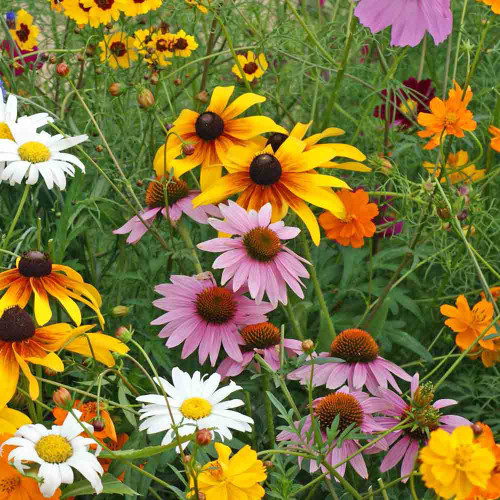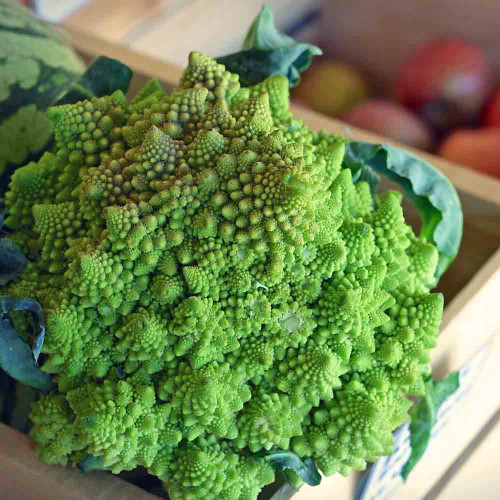Description
Roman Chamomile
Roman chamomile is most known as a low growing perennial groundcover, preferring part shade to a height of around 12”, spreading by rooting stems. The tiny, sour-apple scented daisy-like flowers are about 1” in diameter with white petals and yellow, slightly rounded discs growing on single short, hairy stems, blooming July to September. The leaves and flowers are usually thicker and more substantial than German chamomile.
A traditional ground cover in English gardens and pathways where it is cut like grass. Growing between bricks or along paths allows it to release its scent when brushed. The essential oil extracted from the flowers is clear and extremely high in esters, proven to be calming and relaxing.
Normally perennial in Zones 4-11, growing shorter in colder climates. It is traditionally used for calming the central nervous system and relaxing muscles. Roman chamomile is the secret ingredient in Sleepytime tea!
Sometimes called “true chamomile”, it is also known as English or Russian chamomile. It is native to Western Europe and North Africa. Mostly grown commercially in Argentina, England, France, Belgium, and the United States.
History
Revered since ancient times by the Egyptians, Greeks and Romans for medicines, teas, cosmetics. They also bathed in it and walked on it. It is native to Europe, north Africa, and some parts of Asia.
Uses
Roman chamomile is best used for calming as a sedative, for muscle spasms or tight muscles, or digestion, as it is rich in esters researched as being calming to the central nervous system and relaxing to muscles.
German chamomile is best used for pain, inflammation, swelling, redness, itching, rheumatism, arthritis, as it is rich in sesquiterpenes, widely known for pain relief and anti-inflammatory properties.
The two chamomile plants are in the same family and have similar flowers and leaves but are used in very different ways. Both are used medicinally, are listed as safe herbs, are naturally antiseptic, insect repellents, and are anti-spasmodic, anti-inflammatory, anti-fungal, and anti-bacterial.
Interestingly enough, both deter garden pests while attracting pollinators, making them excellent companion plants in the garden.
Companion planting
Use chamomile in companion planting to take advantage of its natural anti-bacterial and anti-fungal properties can help plants resist fungus, mildew, mold, blight and other common plant issues. Chamomile improves the growth and flavor of many of our garden vegetables like cabbage, onions, beans, cucumbers, broccoli, kale, Brussels sprouts, cauliflower, kohlrabi, tomatoes, and potatoes. Flowers also benefit, such as Bee balm, Phlox, Roses, lilacs, zinnias, petunias, and snapdragons.
Beneficial insects and friendly pollinators are attracted to chamomile while helping to rid your garden of pests and improve pollination. Poor soil is no problem for chamomile, so plant it generously in, around, and near your garden.
Growing Tip
Roman Chamomile is a perennial. German Chamomile is an annual.
From the soil to the seed to the food you eat - we'll help you grow your best garden!

















